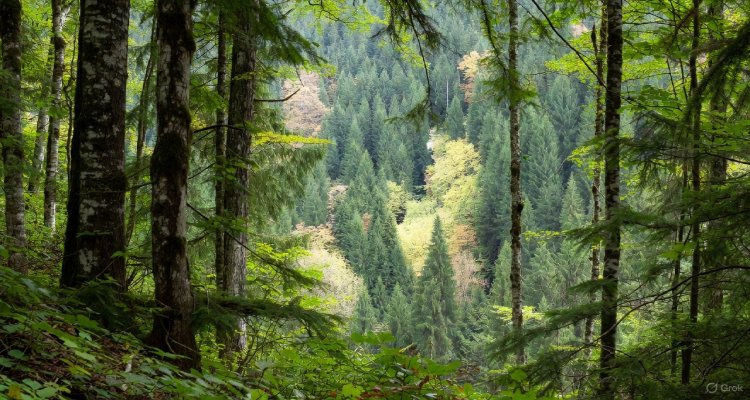Cultural Contrasts: From Himalayan Temples to Amazonian Tribes
Explore the striking cultural contrasts between Himalayan temples and Amazonian tribes—two worlds shaped by nature, spirituality, and centuries of tradition.
Cultural Contrasts: From Himalayan Temples to Amazonian Tribes
A Journey Across Two Sacred Worlds
From the icy silence of Himalayan peaks echoing with chants to the lush, humming canopy of the Amazon where tribal drums beat through the night—two ancient civilizations continue to thrive in vastly different ways. Yet both are bound by deep spiritual roots, a profound respect for nature, and a cultural continuity that defies time.
In a rapidly globalizing world, these distinct cultures remind us that humanity’s relationship with the Earth—and the divine—can take many forms.
Mountains vs. Jungles: The Context Behind the Contrast
The Himalayas, known as the “abode of the gods,” stretch across five countries and harbor some of the world’s most revered spiritual sites. From Tibetan Buddhist monasteries clinging to cliffs to Hindu temples like Kedarnath and Badrinath nestled amid snow-clad ridges, these sacred spaces have been centers of pilgrimage and meditation for centuries.
Thousands of miles away, the Amazon rainforest, often dubbed “the lungs of the Earth,” is home to over 400 tribes, many of which still live with minimal contact with modern civilization. Among them, the Yanomami and Kayapo stand out—not for monumental structures but for their oral traditions, animistic beliefs, and communal living.
Both environments—rugged mountains and dense rainforest—have shaped their respective cultures into spiritual ecosystems where the divine is not separate from daily life.
Rituals, Beliefs, and Sacred Spaces
Himalayan Spirituality:
Buddhist monks in Ladakh rise before dawn, their day beginning with prayer wheels, mantras, and meditation. Their lives revolve around impermanence, compassion, and the cycle of rebirth. In the Hindu heartlands of Uttarakhand and Nepal, temples dedicated to Shiva, Vishnu, and Parvati see throngs of pilgrims braving extreme terrain for divine blessings.
Amazonian Animism:
In the Amazon, spirituality is woven into the forest itself. The jaguar is more than an apex predator—it’s a spirit being. Shaman-led ayahuasca ceremonies allow tribes to communicate with nature, diagnose illnesses, or receive visions. Ritual dances, body paint, and symbolic jewelry serve not just as cultural expressions but spiritual tools.
While Himalayan practices lean toward structured doctrine and monastic life, Amazonian traditions emphasize oral wisdom, shamanism, and nature worship.
Bridging Cultures: Expert Insights on Preservation and Change
Dr. Meena Narang, a cultural anthropologist at the University of Delhi, notes, “Both Himalayan and Amazonian cultures teach us that nature and spirituality are not separate dimensions but one and the same. They are invaluable reservoirs of indigenous knowledge and environmental ethics.”
Meanwhile, Brazilian ethnographer Lucas Freitas adds, “Amazonian tribes are facing existential threats from deforestation, illegal mining, and modern encroachment. Preserving their way of life isn’t just about saving cultures—it’s about saving the planet.”
These insights highlight a troubling reality: globalization, climate change, and tourism are impacting both regions—albeit differently. Where Himalayan temples face over-tourism and pollution, Amazonian tribes battle displacement and cultural erosion.
What’s at Stake: The Global Implications
The erosion of these cultures isn’t just a loss for their people—it’s a collective loss for humanity. The ecological wisdom passed down through Himalayan monks and Amazonian shamans may hold keys to sustainable living. Their philosophies encourage minimalism, deep ecology, and mindfulness—principles now gaining traction in the West.
UNESCO and various indigenous rights groups are pushing for better protection of sacred sites and tribal lands. Initiatives include digital archiving of oral traditions, responsible tourism frameworks, and legal protections for indigenous intellectual property.
If these cultures vanish, so do their languages, stories, and centuries of accumulated wisdom.
Conclusion: Learning from the World’s Oldest Teachers
Despite their geographic and cultural distances, Himalayan temple traditions and Amazonian tribal life both offer profound lessons in resilience, spirituality, and coexistence with nature. These are not relics of a vanishing past but vibrant, living traditions that challenge our modern notions of progress.
As climate crises mount and the search for meaning deepens, perhaps the future lies not in more development—but in remembering what these ancient cultures never forgot: that true wealth is found in harmony, not conquest.
Disclaimer: This article is intended for educational and informational purposes only. Cultural representations are based on available anthropological and historical research. Always consult local experts and respect cultural sensitivities when engaging with indigenous or religious communities.











